THE AMAZING MICROORGANISMS: The Highlight of their Uses in Many Fields (Medicine, Food Processing and Industrial Plants)
“They may be Small but they are Terrible. How can something so Small be Capable of doing Bigger things?"
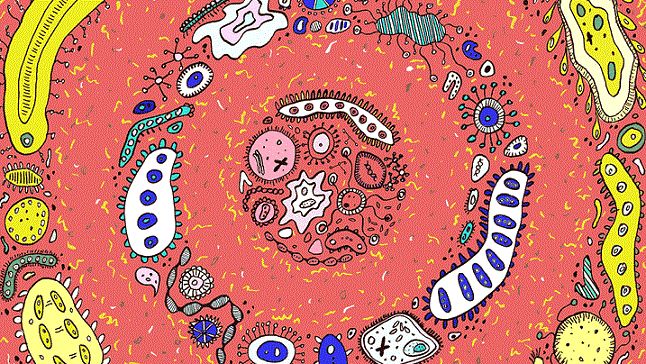
Compared to humans, microorganisms are too small to be seen by the unaided eye, with an average size of 0.2 - 1.0 micrometer x 2-8 micrometer. Given by their small size, they can take their host (1,000 times larger) down. These microorganisms are the culprit of getting us sick and ill, or worse killed. Robert Koch proved that a specific microbe causes a specific disease by establishing experimental steps, Koch's Postulate, directly linking the relationship of a microbe and the disease it causes.
These microorganisms are small but terrible, few are pathogenic (disease-causing) and may cause death (if the disease is left untreated), but in this article, we will highlight some that are a great help in fields like Medicine, Food Processing and in Industrial Plants.
This article aims to change our judgment over microorganisms and emphasize their beneficial uses in many fields.
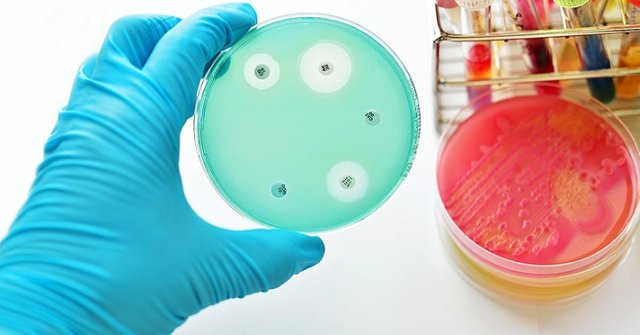
We have been viewing microorganisms as harmful and overlooked their uses in medical purposes.
Microorganisms, such as bacteria and fungi, play a vital role in Medical Biotechnology, to produce medicines, vaccines and to develop aseptic techniques to prevent contamination in laboratories (microbiology and medicine).
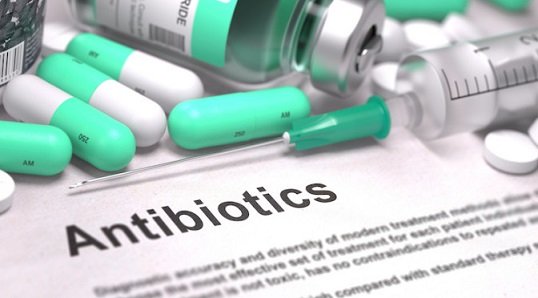
Antibiotics are substances that can be used to fight bacterial infections. They are produced and secreted naturally by bacteria and fungi, and can also be made synthetically. Different biotechnological methods are used to produce antibiotics in pure forms and large quantities so they can be used for treating bacterial infections.
In 1929, Alexander Fleming discovered the first antibiotic-producing organism by accident. On his scientific experiment, some antibiotic-producing mold contaminated his bacterial cultures and inhibited parts of the culture. Fleming examined the mold and identified the mold as Penicillium notatum and named the substance that it produced, penicillin.
The discovery and success of penicillin led to the search for other antibiotic-producing microorganisms, especially from soil environments. Today, several hundreds of antibiotics have been isolated from different microorganisms but only a few of them are clinically useful.
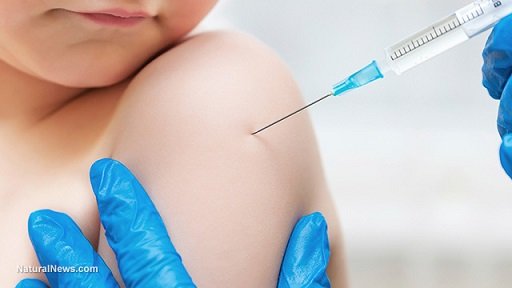
Vaccine comes from the Latin word 'vacca' which means 'cow', the very first vaccine was created for smallpox using cows infected with this disease.
Edward Jenner inoculated a person with cowpox virus, who was then protected from smallpox. The protection is called immunity.
Some bacteria and most viruses are pathogenic microorganisms. This means that they are harmful and disease-causiing microorganisms. They can destroy the cells or release harmful toxins that will destroy body cells which will make a person susceptible for diseases. But these pathogens can be converted into a more friendly microorganism by making it a medicine in a form of a vaccine. Once this vaccine is taken by humans, they can be immune to the same pathogens that may enter the body and may prevent occurring diseases. A vaccine is a mixture of pathogens that are either dead or weakened and forms antibodies that will fight against the same pathogens.
Vaccines work by triggering the body's immune response without making it sick. In cases where disease is caused by toxins produced by pathogens, the vaccine contains its weakened toxin. A vaccine is introduced to the body either by injection or within a small drink.
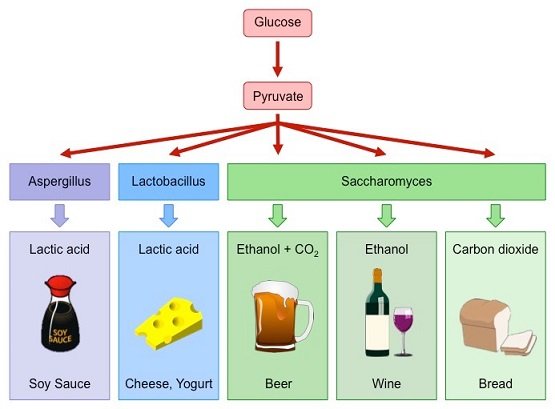
Some of the microorganisms are also involved in the processing and preservation of food at household and industries.
Lactobacillus, produced by the bacteria, Lactobacillus bulgaricus, is involved in the formation of curd from the milk and yoghurt. Saccharomyces cerevisiae is a species of yeast used for making bread.
Microorganisms are also used to prepare some traditional drinks in the process of Fermentation. Fermentation is the conversion of sugar to alcohol to make beer and wine.
Microbes also help in stopping food spoilage, increasing the storage and safety of food by producing certain inhibitory compounds that prevent other microbes from contaminating that causes spoilage of foods.
By using microorganisms in food engineering, new high quality food and biological products can be prepared and produced. Microorganisms are also used in industries to preserve food and its quality. Microorganisms also play a vital role in the manufacturing of varieties of food substances in most industrial food production.
The production and preservation of beverages like whisky, brandy, beer and rum are done by Saccharomyces cerevisiae.
Microorganisms are also involved in the commercial production of enzymes. Production of Ethanol is one of the important commercial chemical.
Microorganisms truly are AMAZING! As I have said before on my previous article Microbes Are Everywhere: You Can Run but You Can Not Hide:
Our better understanding about microorganisms helped us towards advancement, and further research may harness possibilities and unlock its other potential applications that we still don't know about.
I hope that we will no longer see microorganisms as insignificant rather open our minds for better understanding. Thank you for reading. :)
References:
http://www.skwirk.com/p-c_s-4_u-92_t-213_c-714/medicine/nsw/medicine/small-world-microbiology-/microorganisms-used-by-humans
https://byjus.com/biology/role-of-microbes-in-food-processing/
https://www.omicsonline.org/open-access/role-of-microbes-in-food-and-industrial-microbiology.php?aid=83274
Thank you for an interesting piece!
you're welcome :)
@cmtzco has voted on behalf of @minnowpond. If you would like to recieve upvotes from minnowponds team on all your posts, simply FOLLOW @minnowpond.
To receive an upvote send 0.25 SBD to @minnowpond with your posts url as the memo
To receive an reSteem send 0.75 SBD to @minnowpond with your posts url as the memo
To receive an upvote and a reSteem send 1.00SBD to @minnowpond with your posts url as the memo
@eileenbeach has voted on behalf of @minnowpond. If you would like to recieve upvotes from minnowponds team on all your posts, simply FOLLOW @minnowpond.